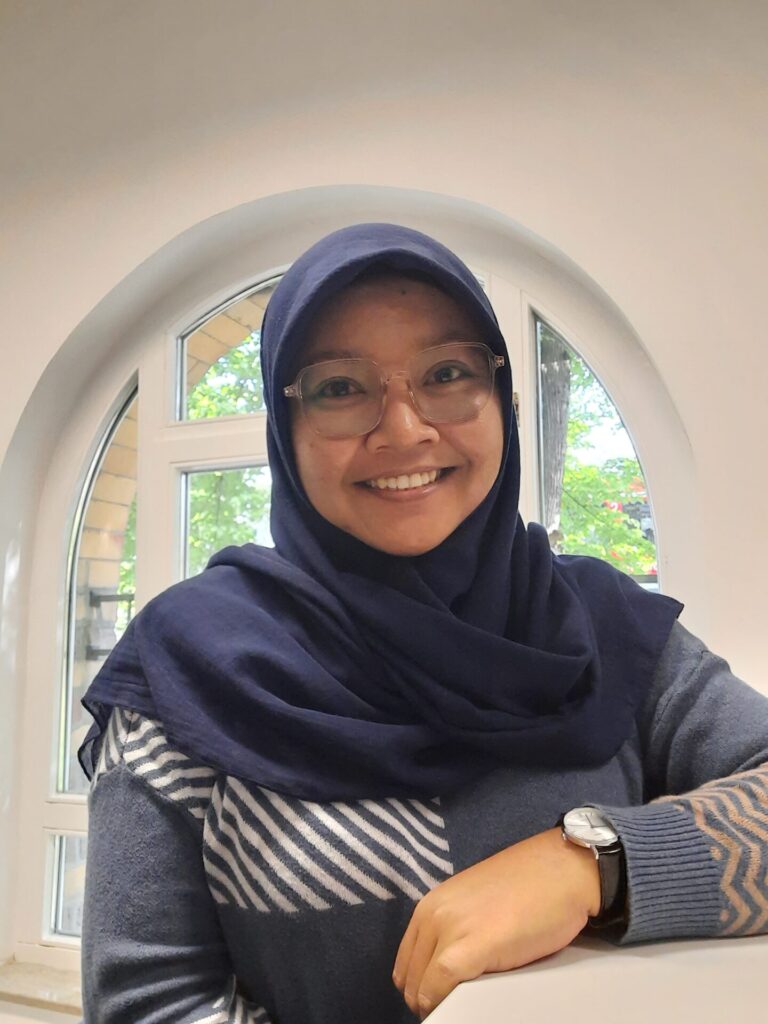Showcasing the Wild: Work Package 1
The Ornamental Fish Trade
- Showcasing the Wild: WP 1
Deconstructing the More-Than-Human Drivers of the Ornamental Fish Trade
A multi-billion dollar global industry, the ornamental fish trade thrives on bringing the ‘wild’ indoors. This has created complex global value chains between upstream activities in developing countries and major hubs like Singapore, Frankfurt, and Amsterdam. These networks enable different, geographically dispersed stakeholders to capture value and create profitable livelihood diversification options in the capture and breeding areas in the Global South.
Existing value chain studies, however, lean heavily toward the wild-caught fish industry and business perspectives, with little attention to the captive breeding sector, the trade’s social aspects, broader environmental considerations, animal agency, and trade standards. To complete the missing pieces of the puzzle, this work package investigates the structure of global value chains that fuel fish commodification, product and process standardization, and discussion and negotiation of social and environmental externalities in the industry.
- Work Package 1
Focus questions
The work package addresses the following four sets of questions:
How are the global value chains of tropical freshwater fish organized, and how is the value capture distributed throughout the chains?
In what ways do standards (product, process) and changing consumer preferences affect the trade practices and value chains?
How do specific characteristics and traits affect decision-making in traded species? Are there certain features or regulations that de-facto exclude them from the trade?
What are the impacts on livelihoods and the environment? How are the social and environmental externalities discussed and negotiated in the industry?
Background
Only 30 freshwater fish species of the traded thousands dominate the market, with guppies and neon tetras accounting for 25% of the market volume. This reflects a high degree of standardization and international breed standards, with market demands dictating the preferred biological and behavioral traits. While good for business, this practice concentrates pressure on a few species.On the other hand, standardized practices throughout the value chain can be a powerful tool. It can improve fish welfare, environmental sustainability, and even promote ethical labor practices through regulations, certifications, and social justice initiatives.
Streamlining production around popular, easily-managed, bred, and resilient fish species fosters economic success. However, selective farming or capture practices can incentivize over-exploitation and destructive practices that deplete fish stocks, threatening the very source of these fish. Fish farm escapes, released aquarium pets, and leftover live bait can become invasive species that disrupt food chains and harm native wildlife. With more species introduced into the trade, lack of international oversight will leave a majority of potentially vulnerable species with little protection, blurring the line between appreciation for aquatic life and exploitation.
The glamorous world of ornamental fish often masks a complex social reality. The International Labor Organization (ILO) report (2017) documented concerning social externalities within the trade, particularly in developing countries in the Global South. These include low wages, extended work hours, and hazardous working conditions. Furthermore, the industry is sometimes marred by gender disparity and child labor.
Drawing on the more-than-human context, this work package studies two different value chains: farm-raised fish (Singapore, Indonesia, Malaysia) and fish caught in the wild (Lake Malawi or Lake Tanganyika), with the following hypotheses:
- The two value chains target different hobbyists and market segments.
- They impact livelihoods (catchers vs. breeders) and the environment differently.
- Some fish species resist commodification due to biological factors.
Involved Members

Prof. Dr. Boris Braun
Institute of Geography, University of Cologne
Principal Investigator: Showcasing the Wild: Commodification and Standardization in Tropical Freshwater Fish Value Chains – Current and Historical Perspectives
Prof. Dr. Boris Braun
Boris Braun holds a chair in human and economic geography. His main areas of interest are the relationship between economy and ecology, the social and economic impacts of climate change as well as regional development and the consequences of globalisation for the Global South.
Research interests: Environmental Economic Geography, Environmental Management, Industrial and Urban Change, Environmental and Social Impacts of Globalization, Southern and Southeastern Asia, West Africa, Australia, Germany, and Western Europe
Email: boris.braun@uni-koeln.de
Tel.: +49 221 470 4141

Ajeng Larasati (M.Sc.)
Doctoral Researcher: Showcasing the Wild: Commodification and Standardization in Tropical Freshwater Fish Value Chains – Current and Historical Perspectives
Project Manager of Work Package 1 – The Ornamental Fish Trade
Ajeng Larasati (M.Sc.)
Research interests: Environmental Economic Geography, North-South Relations, Risk Communication and Community Engagement, Disaster Risk Reduction, Southeastern Asia, Western Europe
Contact: a.larasati@uni-koeln.de